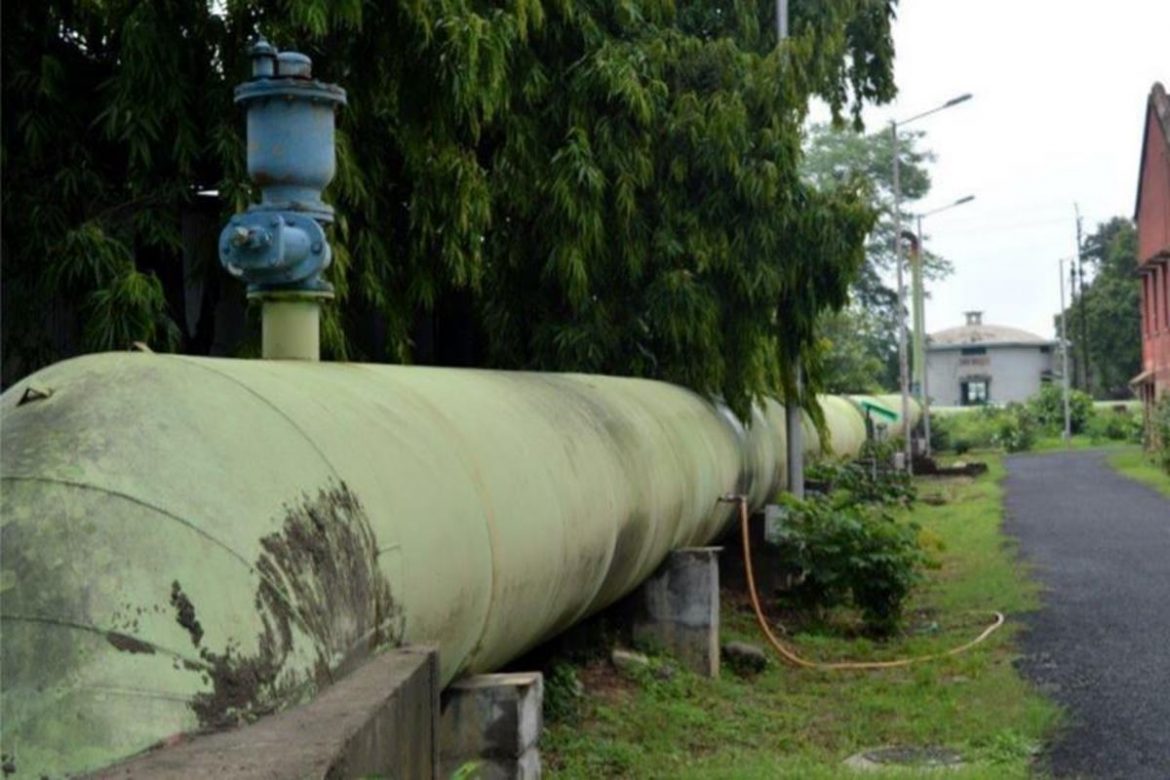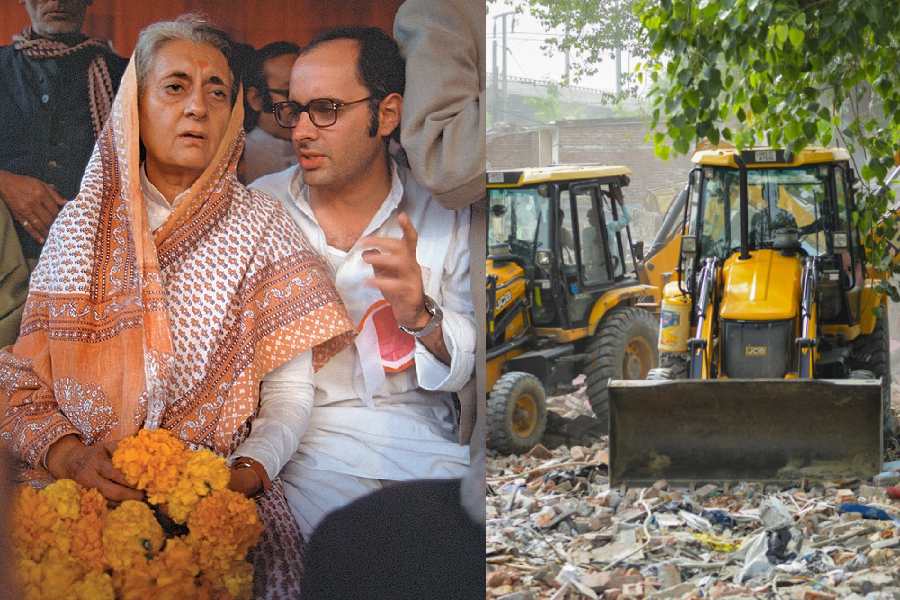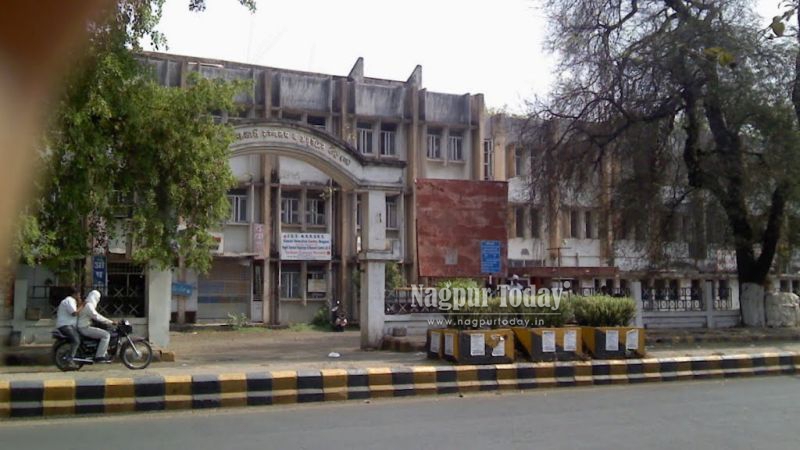Now Reading: Nagpur Region’s Sewage Overhaul: 15 Towns to Receive Modern Treatment Plants
-
01
Nagpur Region’s Sewage Overhaul: 15 Towns to Receive Modern Treatment Plants
Nagpur Region’s Sewage Overhaul: 15 Towns to Receive Modern Treatment Plants

The Maharashtra government has cleared an ambitious plan to install sewage‑treatment plants (STPs) in 15 peri‑urban towns surrounding Nagpur. Backed by a mix of state funds and Central grants, the project aims to curb pollution in the Kanhan and Pench river basins while easing the load on Nagpur’s ageing drainage network. If executed as promised, the makeover could set a template for sanitation upgrades in Tier 2 growth corridors across India.
What the Plan Covers
Authorities will build compact STPs ranging from 2 MLD to 20 MLD, tailored to each town’s projected population. The plants will treat household and small‑industry effluents to meet national discharge norms before releasing them into local streams or using them for landscaping.
Funding and Timelines
The ₹680‑crore package draws on the Atal Mission for Rejuvenation and Urban Transformation (AMRUT‑2) and state matching grants. Detailed project reports are due by August, with ground‑breaking slated for January 2026. Officials target full commissioning within 30 months.
Benefits for Nagpur City
Cleaner upstream waters are expected to reduce treatment costs at Nagpur’s own filtration plants and cut the risk of monsoon‑season contamination. The city’s civic body also plans to tap treated wastewater for industrial parks at Butibori and Hingna, freeing fresh water for domestic use.
Local Concerns and Challenges
Town councils worry about land acquisition and long‑term operation costs. Civil engineers point to erratic power supply in smaller towns that could disrupt plant performance. The state has proposed solar‑hybrid panels and a ring‑fenced maintenance fund to address these issues.
Voices from the Ground
Environmental groups welcome the initiative but insist on transparent monitoring. Shop‑floor workers in Kalmeshwar say fewer sewage overflows will make markets more hygienic, boosting footfall. Farmers near Kamptee hope treated water can irrigate fields during dry spells.
Conclusion
If deadlines hold, Nagpur’s satellite towns could leapfrog decades of sanitation neglect, improving public health and river ecology. Success here will offer a replicable blueprint for other Tier 2 regions looking to balance rapid urban growth with environmental stewardship.
State Forms Panel to Finalise Land Deal for Nagpur Nagrik Rugnalay
Introduction
After years of back‑and‑forth, Maharashtra has constituted a high‑level committee to iron out the land transfer for Nagpur Nagrik Rugnalay, a proposed 500‑bed civic hospital. The move rekindles hopes for expanded affordable healthcare in Vidarbha’s principal Tier 2 hub, where public facilities often run beyond capacity.
Background of the Stalled Project
Announced in 2019, the hospital was earmarked for a six‑acre plot near Wardha Road. Jurisdictional tussles between the Nagpur Improvement Trust and Maharashtra Airport Development Company froze progress, leaving project funds untouched and tenders in limbo.
Committee Composition and Mandate
Headed by the Urban Development Department’s principal secretary, the three‑member panel includes officials from the health and revenue departments. Its brief: clear title disputes, map encumbrances, and recommend a transfer mechanism within 60 days. It must also propose compensation for any informal settlers on the site.
Why the Hospital Matters
Government Medical College and Mayo Hospital often operate at 120 percent occupancy, leaving patients in corridors. The new facility promises specialised wings in cardiology and oncology, plus a teaching centre for nursing and paramedical courses—services that will benefit neighbouring districts like Bhandara and Wardha.
Funding and Implementation Roadmap
The state budget has allocated ₹450 crore for phase‑one construction, tied to an uncontested land deed. Once the committee submits its report, tenders will be floated for civil works, with officials projecting a two‑year build‑out. Public‑private partnerships are being explored for advanced diagnostic equipment.
Community Sentiment
Local health activists want public hearings to ensure transparency. Residents near the proposed site seek assurances on traffic management and dust control during construction. Civic groups argue that inclusive planning will build trust and speed up execution.
Conclusion
By setting up a dedicated committee with a strict timeline, the state has taken a concrete step toward unlocking a critical healthcare project for Nagpur. Timely cooperation among agencies—and genuine community engagement—will determine whether the Nagrik Rugnalay finally progresses from blueprint to reality, offering a lifeline to thousands in Vidarbha’s expanding urban belt.






















